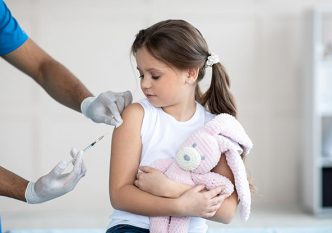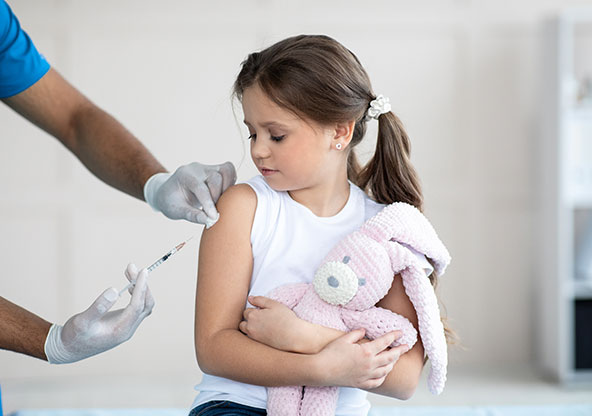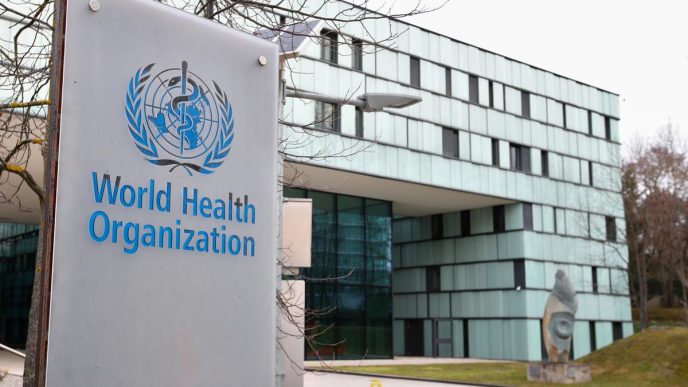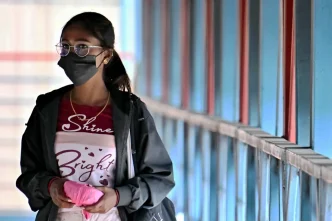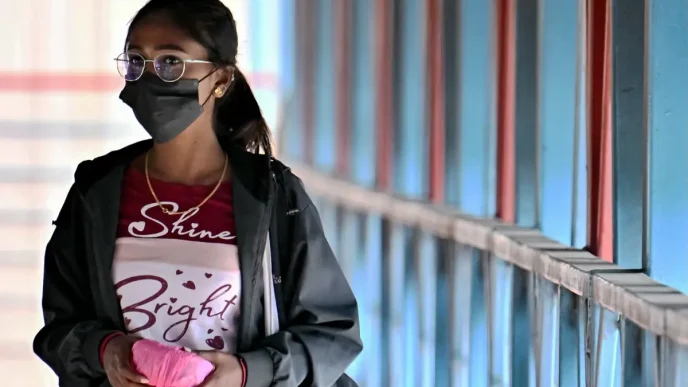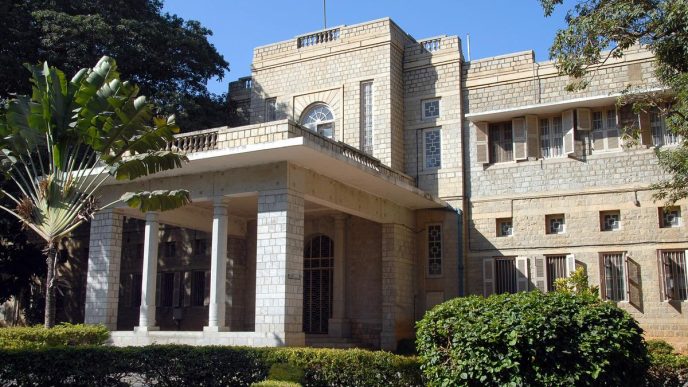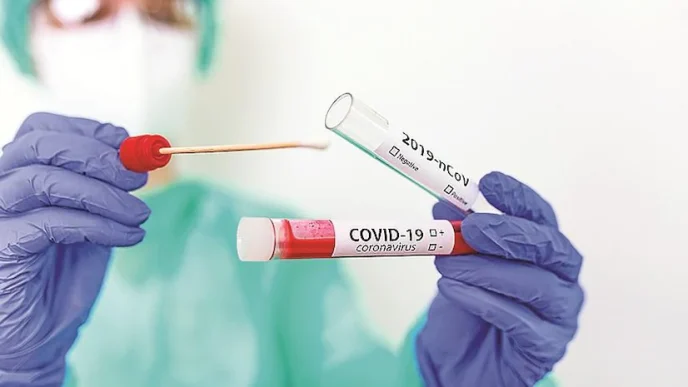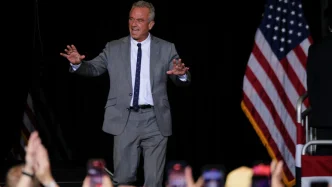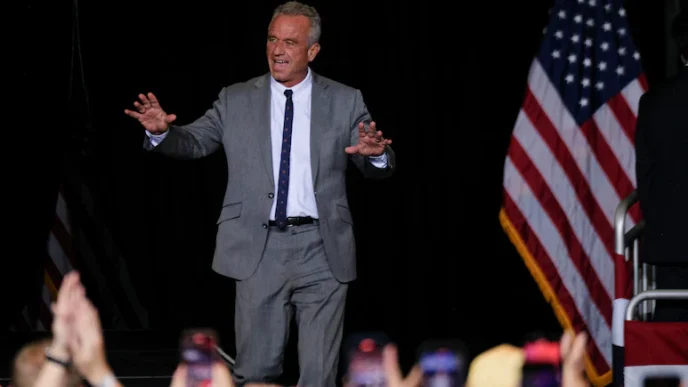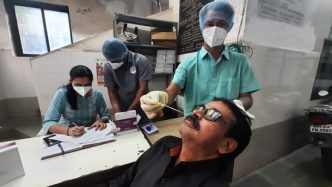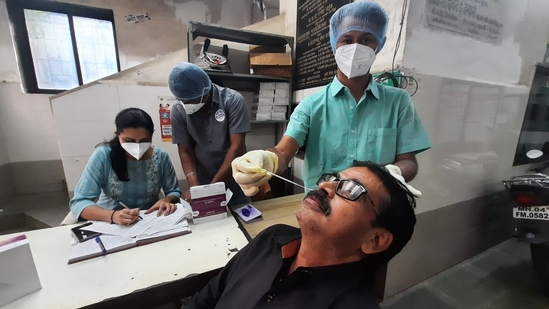The US is witnessing an unprecedented outbreak of measles, with 1,288 confirmed cases this year, the highest since 1992 when 2,126 cases were recorded. The country officially eliminated the disease in 2000. Three deaths due to the infection have also been reported in the US this year, according to the US Centres for Disease Control and Prevention (CDC).
Measles is a highly contagious viral infection that can lead to fever, muscle pain, runny nose, cough and sore throat. It can also lead to pneumonia and inflammation in the brain that can be fatal. Most of the infections have been in the young, 29 per cent in children below the age of five years and another 36 per cent in the 5-19 age group. According to the US CDC, 21 per cent of the children below the age of five years who got measles needed hospitalisation. This proportion reduced to eight per cent among those between the ages of 5 and 19 years and stood at 11 per cent among those above the age of 20 years.
What’s causing the spiral in the US?
Most of the patients had never been vaccinated against the virus. US CDC data shows that 92 per cent of the measles cases in 2025 were in those who remained completely unvaccinated, four per cent cases were in those who received their first dose, while four per cent were in those who had completed their immunisation with both doses.
“Low vaccination rates is one of the most prominent causes behind the rise of measles cases. When it comes to India, high incidence of measles cases are usually seen in slum areas, areas with a high population density, areas with high incidence of poverty, tribal areas, or areas where there is a significant population of people who are against vaccines,” said Dr Jugal Kishore, head of community medicine in Delhi’s Safdarjung hospital.
Travel accelerated the spread in the US while politics, considering that the current US Secretary of Health Robert F. Kennedy Jr has made statements questioning the safety of vaccines, led to vaccine hesitancy at a critical time.
Why complete vaccination matters?
The data clearly shows that complete vaccination is an important factor in preventing measles infections and deaths. The outbreak itself began largely from Texas, which reported a measles vaccine coverage of 94.3 per cent, with the epicentre, west Texas, reporting a vaccination rate of 82 per cent. The World Health Organisation (WHO) recommends sustaining at least 95 per cent coverage with two doses to prevent measles outbreaks.
While a single dose of the vaccine provides some protection, two doses are recommended for full and lasting immunity. Those with incomplete vaccination are more susceptible to infection and can experience severe illness, including potential complications like pneumonia, encephalitis and even death.
What are lessons for India?
While India has not eliminated the disease, measles has been on the decline. The Health Ministry said that the number of measles cases went down by 73 per cent and rubella by 17 per cent in 2024 as compared to the previous year. However, this comes in the backdrop of an outbreak in 2023, following a drop in immunisation during the pandemic. Following the outbreak, however, the government undertook additional campaigns to immunise children living in the vicinity of the outbreaks and also to boost the overall immunisation levels. “It is essential to maintain high levels of immunisation — and conduct drives to bring it up in pockets where it is low — to keep measles in check,” said Dr Kishore.
